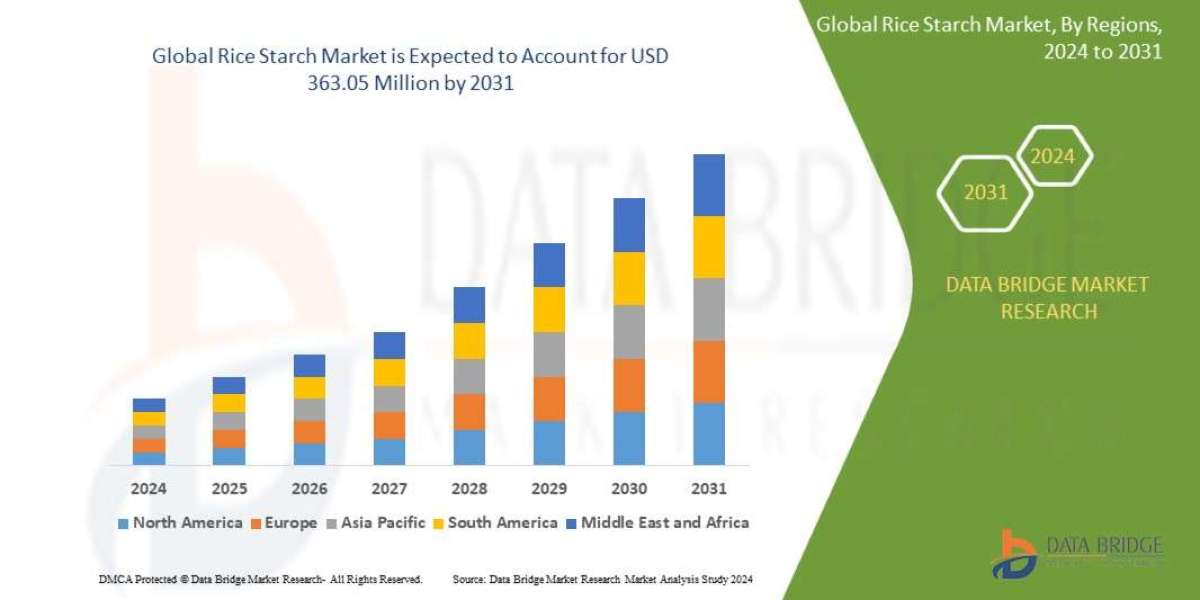The hydrocracking market is a vital segment of the global oil refining industry, driven by increasing demand for cleaner fuels, stringent environmental regulations, and rising consumption of middle distillates such as diesel, kerosene, and jet fuel. As a key secondary refining process, hydrocracking plays an essential role in converting heavy feedstocks into lighter, high-value products through catalytic reactions in the presence of hydrogen. This market is witnessing dynamic growth due to evolving fuel standards, a shift toward ultra-low sulfur diesel (ULSD), and rising transportation fuel demand in emerging economies.
Hydrocracking is a catalytic refining process that breaks down large hydrocarbon molecules into smaller, more valuable products in the presence of hydrogen and high pressure. It differs from catalytic cracking in that it produces significantly fewer impurities and results in more stable, sulfur-free fuels. The process is commonly used to produce premium diesel, jet fuel, naphtha, and other distillates from heavy feedstocks such as vacuum gas oil (VGO) and atmospheric residuum.
The global hydrocracking market is expanding steadily, driven by both rising global energy demand and a growing emphasis on cleaner energy production. Hydrocracking units have become increasingly critical to meeting fuel quality specifications and reducing emissions from the transportation sector.
Hydrocracking Market CAGR (growth rate) is expected to be around 3.81% during the forecast period (2025 - 2034).
Key Market Drivers
- Rising Demand for Clean Fuels
One of the primary drivers of the hydrocracking market is the growing global demand for cleaner fuels, especially ULSD. As governments tighten environmental norms and vehicle emission standards, refineries are under pressure to produce fuels with minimal sulfur and aromatics content. Hydrocracking is well-suited to achieve these targets, making it the preferred technology in modern refineries. - Stringent Environmental Regulations
Regulatory bodies such as the U.S. Environmental Protection Agency (EPA), the European Union (EU), and others have implemented sulfur content regulations that require diesel fuel to contain less than 10-15 ppm of sulfur. To comply with these mandates, refiners are investing heavily in hydrocracking units, which are effective in removing sulfur, nitrogen, and other impurities from fuel products. - Increasing Transportation Fuel Consumption
Emerging economies in Asia-Pacific, Latin America, and Africa are experiencing rapid urbanization, industrialization, and growth in vehicle ownership. This trend is leading to increased consumption of transportation fuels such as diesel, gasoline, and jet fuel—all of which can be efficiently produced using hydrocracking processes. - Shift Toward Middle Distillates
There has been a strategic shift in refining operations to increase the yield of middle distillates like diesel and jet fuel, which offer higher margins than fuel oil and other heavy products. Hydrocracking technology enables refiners to increase middle distillate output, thereby improving profitability and aligning with market demand patterns.
Key Players in the Hydrocracking Market Include:
Chevron, Shell, Eni, Marathon Petroleum, PBF Energy, CNPC, Neste, TotalEnergies, ExxonMobil, Sinopec, Valero Energy, Saudi Aramco, Phillips 66, Reliance Industries, BP
Challenges
Despite its advantages, the hydrocracking market faces several challenges:
- High Capital and Operating Costs: Setting up and running hydrocracking units require substantial investment, which can be a barrier for smaller refiners.
- Feedstock Availability: The efficiency of hydrocracking is feedstock-dependent. Variability in crude oil quality may affect yields and economics.
- Environmental Concerns: While hydrocracking reduces sulfur emissions, it is an energy-intensive process that still contributes to overall refinery emissions and carbon footprint.
- Shift Toward Renewable Fuels: The global trend toward biofuels, hydrogen, and electric vehicles poses a long-term threat to fossil-fuel-based refining processes, including hydrocracking.
Contact Us:
Market Researcnh Future (Part of WantStats Research and Media Pvt. Ltd.)
Contact Number. +91 2269738890
Email: sales@marketresearchfuture.com



